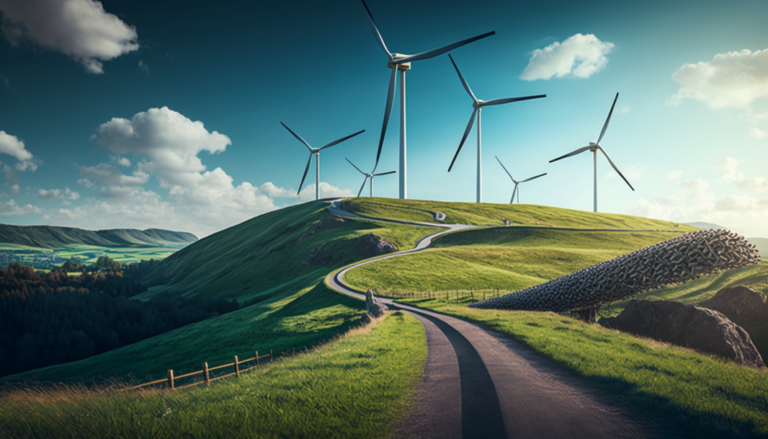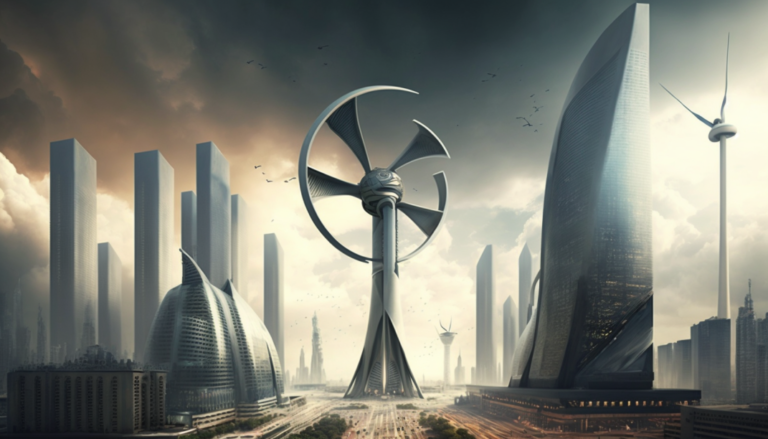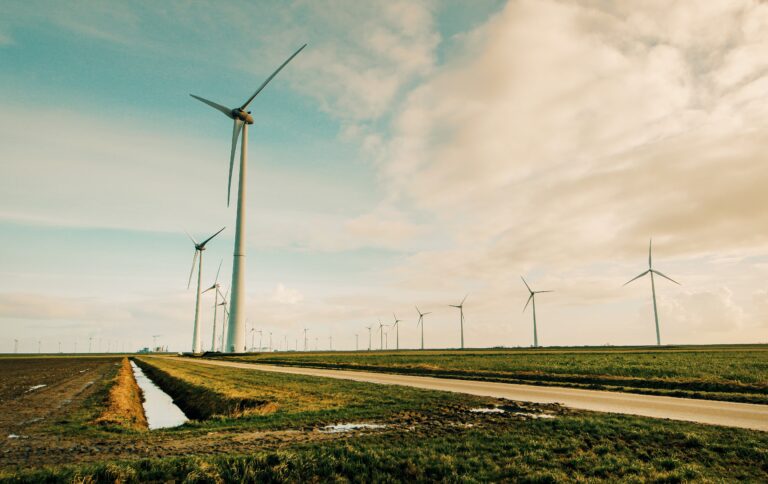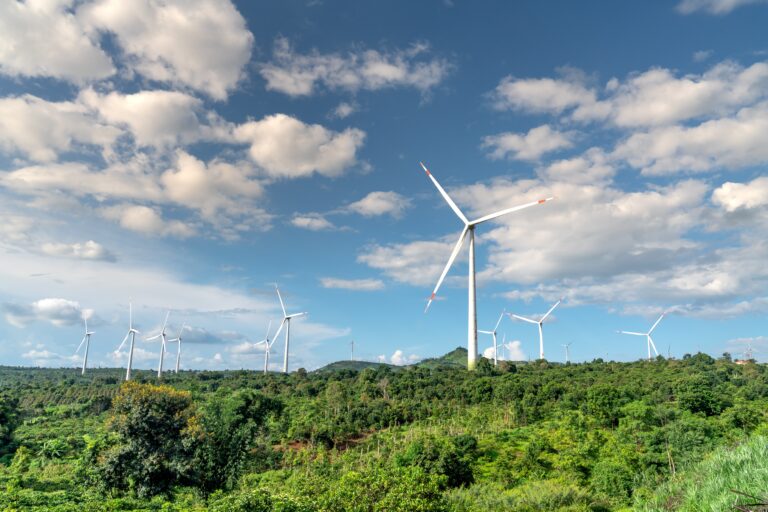Wind Energy Economics 101: Understanding the Costs
Wind energy has grown in popularity as a sustainable energy source in recent years. As the world shifts toward more sustainable energy sources, it is critical to comprehend the economics of wind energy and the expenses involved with it. In this article, we will look at the various variables that influence the cost of wind energy and why it is critical to comprehend these costs. This allows us to more accurately assess the economic feasibility of wind energy and make educated choices about its adoption.
Table of Contents
The Cost of Wind Turbines
Wind turbines are sophisticated devices that transform wind energy into power. They are made up of several components, each with its own price tag. The rotor blades, mast, nacelle, and electrical apparatus are the primary components of a wind turbine.
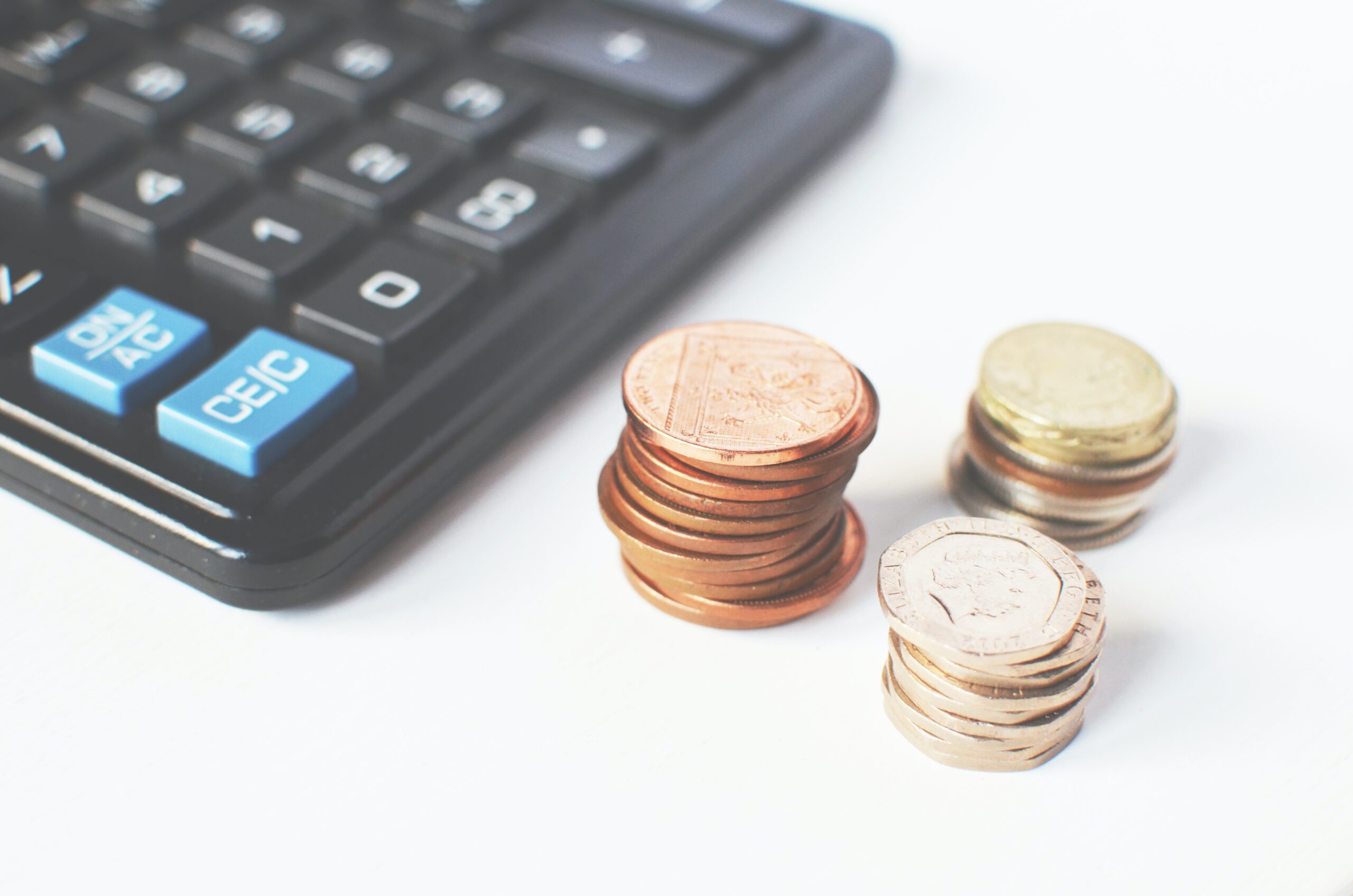
The spinning blades of a wind turbine are the most obvious component. They catch the breeze and use it to generate rotational energy. Rotor blades are priced differently based on their size and substance. Larger blades made of sophisticated materials like carbon fiber are more costly than tiny fiberglass blades.
The spinning blades and the nacelle are supported by the superstructure. The price of the structure is determined by its height and the substance used. Taller steel structures are more costly than shorter concrete skyscrapers.
The motor, engine, and other electrical components are housed in the nacelle. The nacelle’s price is determined by the magnitude and intricacy of the wind turbine. Larger wind turbines necessitate more potent generators and complex management systems, which raises the nacelle’s cost.
The power converter, generator, and switchgear are examples of electrical apparatus. The expense of the electrical apparatus is determined by the wind turbine’s capability and the sort of grid connection.
Wind turbine prices have dropped dramatically over the years. Several reasons contribute to this, including technical improvements, economies of scale, and government benefits. Manufacturers have been able to make wind turbines more efficiently, lowering their cost, as demand for wind energy has grown.
Wind turbine prices vary based on their size and region. A normal onshore wind turbine costs between $1.3 million and $2.2 million per kilowatt (MW) of power in the United States. Offshore wind generators are more costly, costing between $3 and $5 million per MW. However, wind energy is still less expensive than many other energy sources, such as coal and natural gas.
Finally, wind generators are made up of several components, each with its own expense. Wind turbine costs have come down over time as a result of technical advancements, economies of scale, and government benefits. Wind energy is becoming increasingly competitive with other sources of energy, making it an attractive option for meeting our energy needs.
Installation and Maintenance Costs
Wind turbines are a famous and quickly expanding green energy source. While wind turbine electricity has numerous advantages, there are substantial expenses involved with its installation and maintenance.
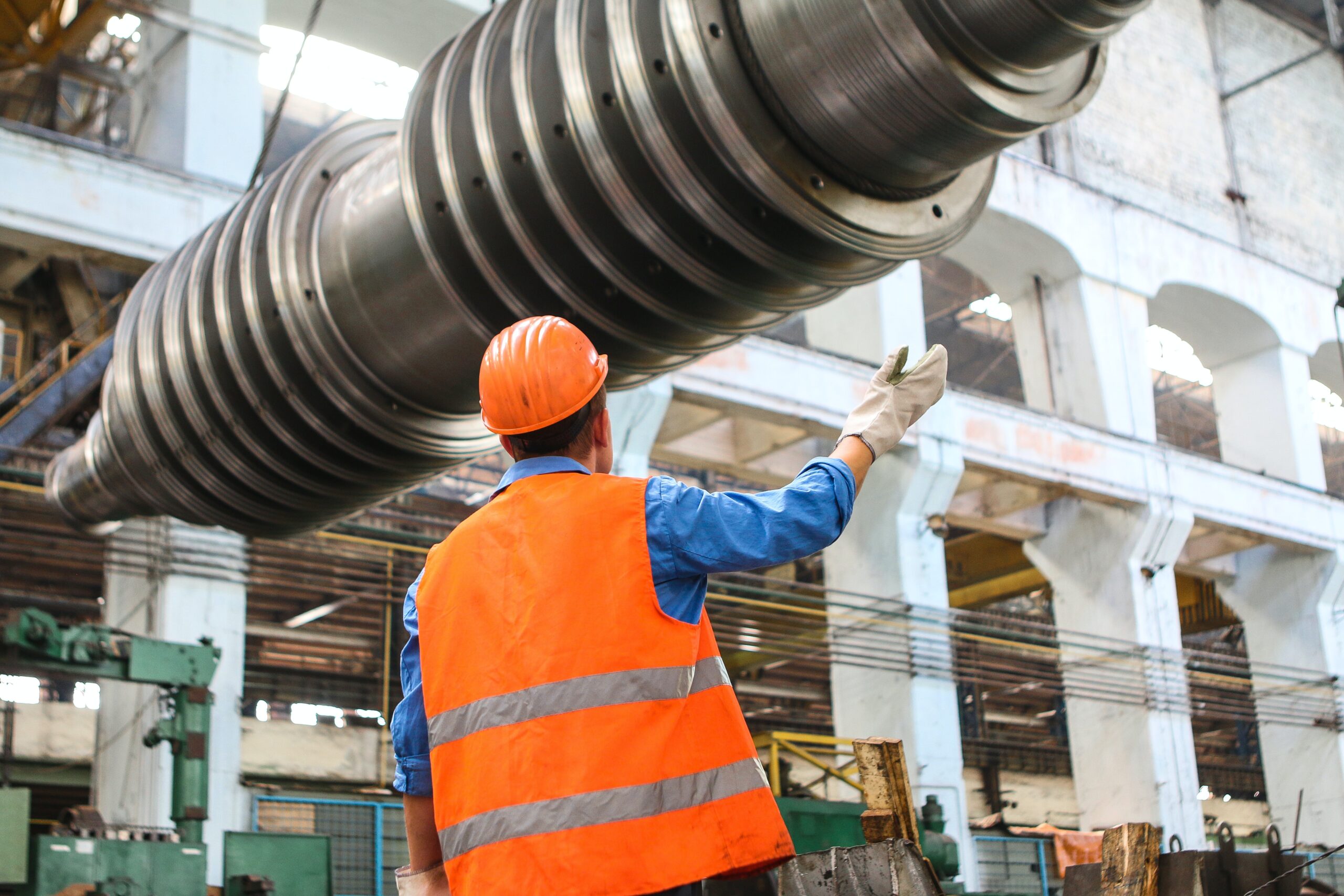
The expense of installing a wind turbine varies according to several variables, including the height of the turbine, the position of the installation, and the availability of resources such as cranes and trucks for transportation. Because windmills require a sturdy base and an open, level area with excellent wind exposure, site preparation is frequently a significant expenditure. Excavating and leveling the site, pouring a base, and putting subsurface electrical cabling are all possible.
Because wind turbines are big and heavy, transportation expenses can be substantial. They may need to be transported over long distances, requiring specialized trucks and cranes. Labor expenses can also be significant, as wind turbine construction usually requires a crew of experienced employees.
After a wind turbine is erected, the expense of continuing upkeep must be considered. Wind turbine maintenance expenses usually include frequent inspections, lubrication, and repair of worn or damaged components. While these costs differ based on the model and manufacturer of the turbine, they are usually cheaper than the maintenance costs connected with other energy sources such as fossil fuels.
Wind turbine installation and maintenance costs can differ greatly based on region and other variables. Installing a wind machine, for example, may be much more expensive in an isolated location with limited access to resources than in an area with excellent infrastructure. Similarly, the expense of maintenance may be greater in regions subject to harsh weather or with restricted access to skilled personnel.
The expense of installing a wind turbine in the United States is expected to be between $1.6 million and $2.2 million per megawatt of power, based on the size of the turbine and the position of the placement. Maintenance expenses per megawatt of power are expected to vary between $42,000 and $48,000 per year.
Overall, while wind turbine installation and maintenance costs can be substantial, they are usually lower than expenses connected with other energy sources over the life of the turbine. Wind energy is expected to become a more cheap and efficient form of renewable energy as technology continues to advance.
Financing and Incentives
Wind energy projects necessitate a substantial initial expenditure, making funding and rewards critical to their success. Wind energy initiatives can be funded using a variety of methods, including loans, leases, and power purchase deals.
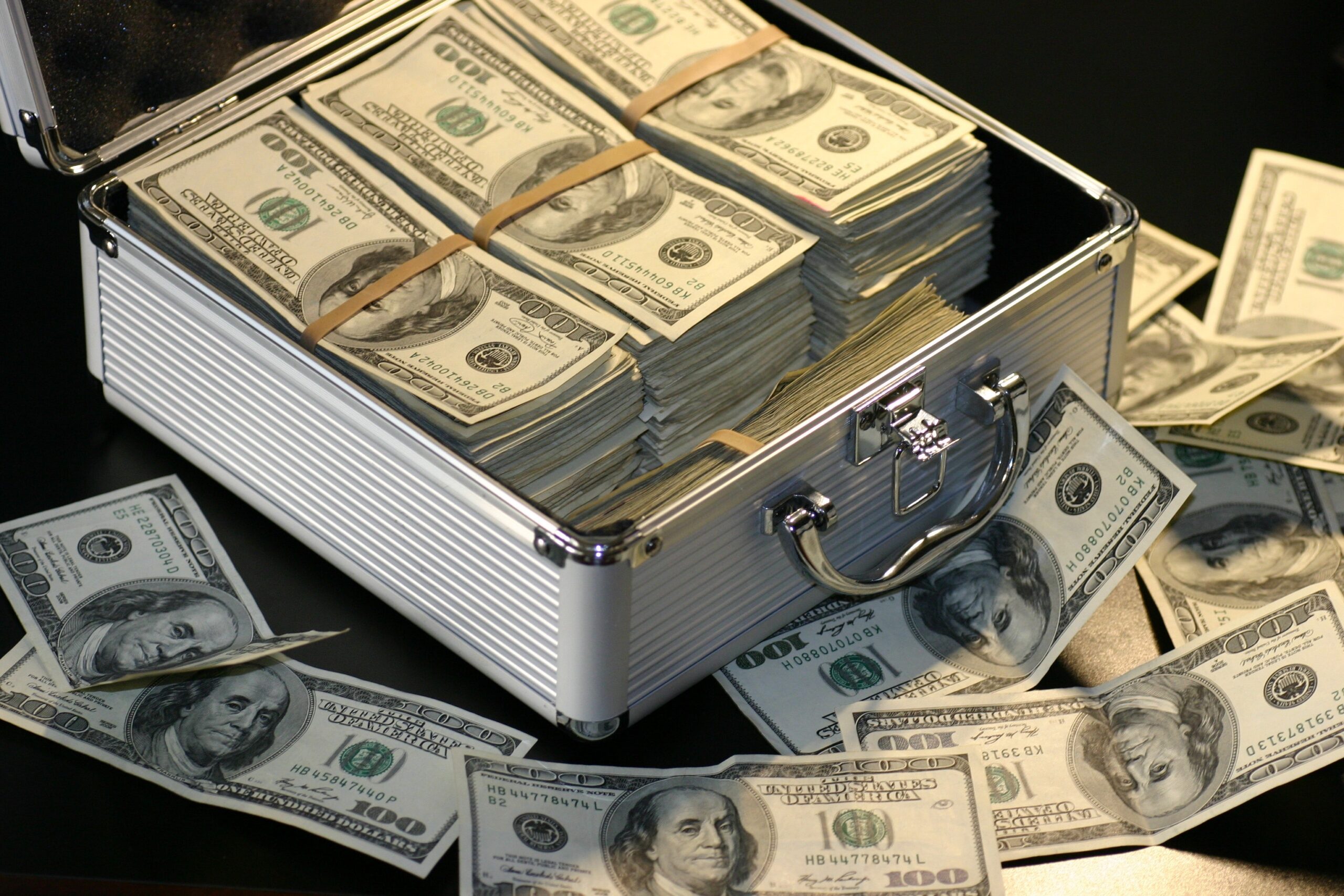
Loans are a frequent source of funding for wind energy initiatives. Banks, banking organizations, and government bodies can all provide these loans. The loan conditions will differ based on the provider, but they will usually include interest rates, payback times, and security requirements.
Leases are another source of funding for wind energy initiatives. The project developer gets the land from the landowner and pays money for the use of the land under a lease arrangement. This choice may be appealing to developers who lack the money to buy property outright.
Power purchase agreements (PPAs) are arrangements that are entered into between a project creator and a utility business. The utility company promises to pay a set price for the electricity produced by the wind energy initiative. PPAs can provide the project creator with a consistent income source while reducing the risk associated with changing energy costs.
In addition to funding choices, wind energy initiatives can benefit from a variety of incentives and tax credits. These incentives can have a substantial effect on the project’s total expense and make it more fiscally viable.
Wind energy initiatives are eligible for a Production Tax Credit (PTC) from the federal government. The PTC offers a tax credit for every kilowatt-hour of energy produced by the initiative. State-level benefits include green energy credits and property tax exemptions.
Wind energy projects that have been successful have used funding and incentives to make their projects fiscally feasible. The Block Island Wind Farm off the shore of Rhode Island is one example. The initiative was funded with a mix of loans and private capital, as well as a PTC and state-level incentives. Another case in point is the Red Hills Wind Farm in Oklahoma, which used a power purchase agreement with a utility firm and got state-level incentives.
In conclusion, wind energy project funding and rewards are critical to their success. To make their initiatives fiscally viable, developers should carefully consider their funding choices and take advantage of available incentives.
The Economics of Wind Energy
Wind energy has grown in popularity as a sustainable energy source in recent years due to its low cost and environmental advantages. Wind energy’s levelized cost of energy (LCOE) has dropped considerably over the last decade, making it one of the most affordable forms of power. Wind energy presently has a cheaper LCOE than coal and natural gas, hovering around $30-$60 per megawatt-hour.
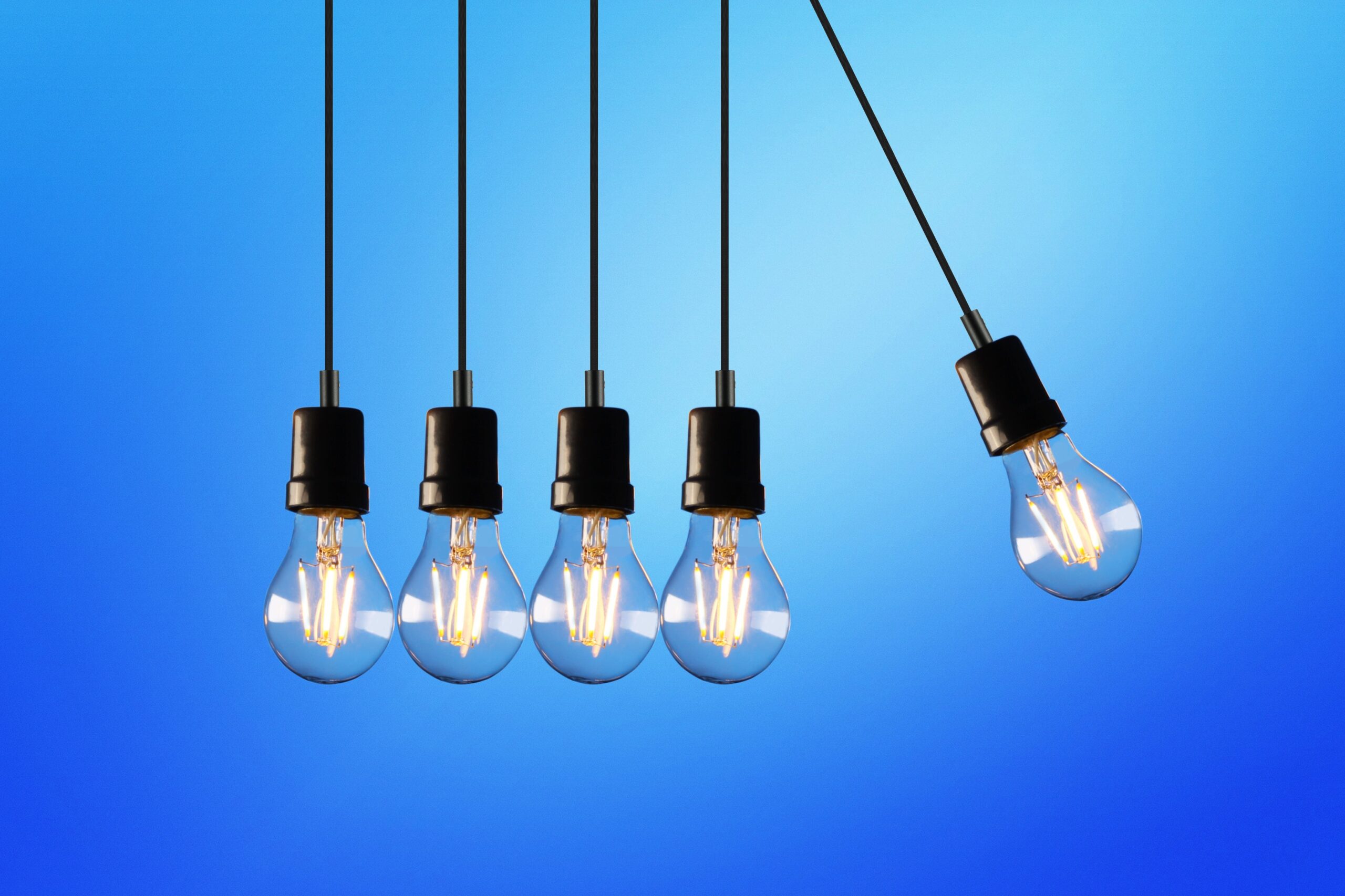
Wind energy is also a lucrative venture in terms of return on investment (ROI). Wind energy initiatives can have a ROI ranging from 5% to 20%, based on variables such as location, wind speed, and government benefits. Wind energy projects typically have a lifespan of 20-25 years, which means that owners can expect to recoup their original investment as well as produce earnings over the course of the project.
Wind energy is more cost-effective and lucrative in the long term than other energy sources. While wind energy initiatives require a greater initial investment than traditional energy sources, the operational expenses are considerably cheaper. Wind energy initiatives are also less environmentally damaging, making them a more sustainable choice.
Many successful wind energy initiatives have had a beneficial economic influence around the globe. The Horns Rev 3 offshore wind farm in Denmark, for example, has a capacity of 407 MW and can power over 400,000 residences. During the construction period, over 2,000 employment were generated, and the project is anticipated to produce more than $1 billion in revenue over its lifetime.
Another effective wind energy project is California’s Alta Wind Energy Center, which has a capacity of 1,550 MW and is one of the world’s biggest wind farms. Since its inception, the initiative has produced over 3,000 employment and made over $1 billion in revenue.
To summarize, wind energy is a cost-effective and lucrative renewable energy source with a favorable economic influence. Wind energy is set to become a significant force in the energy industry as its costs fall and demand for renewable energy sources rises.
Final Thoughts
To summarize, wind energy is a promising renewable energy source that has the potential to greatly decrease our dependence on fossil fuels while mitigating the effects of climate change. Throughout this piece, we have looked at the numerous advantages and disadvantages of wind energy, such as its cost-effectiveness, environmental influence, and technological advancements.
One of the most important takeaways from this discussion is the significance of knowing wind energy prices. While wind energy has become more competitive with conventional energy sources in recent years, it still necessitates large initial expenditures as well as continuing upkeep costs. However, as technology advances and efficiencies of scale are realized, the cost of wind energy is anticipated to fall further.
Wind energy, despite its challenges, remains a feasible choice for fulfilling our energy requirements. We can lower our carbon footprint, generate employment, and encourage energy independence by harnessing the force of the wind. Individuals and groups can help wind energy expand by advocating for policies that encourage green energy development and investing in wind energy initiatives.
To summarize, the benefits of wind energy are obvious, and it is up to us to accept this potential green energy source and work toward a more sustainable future.

